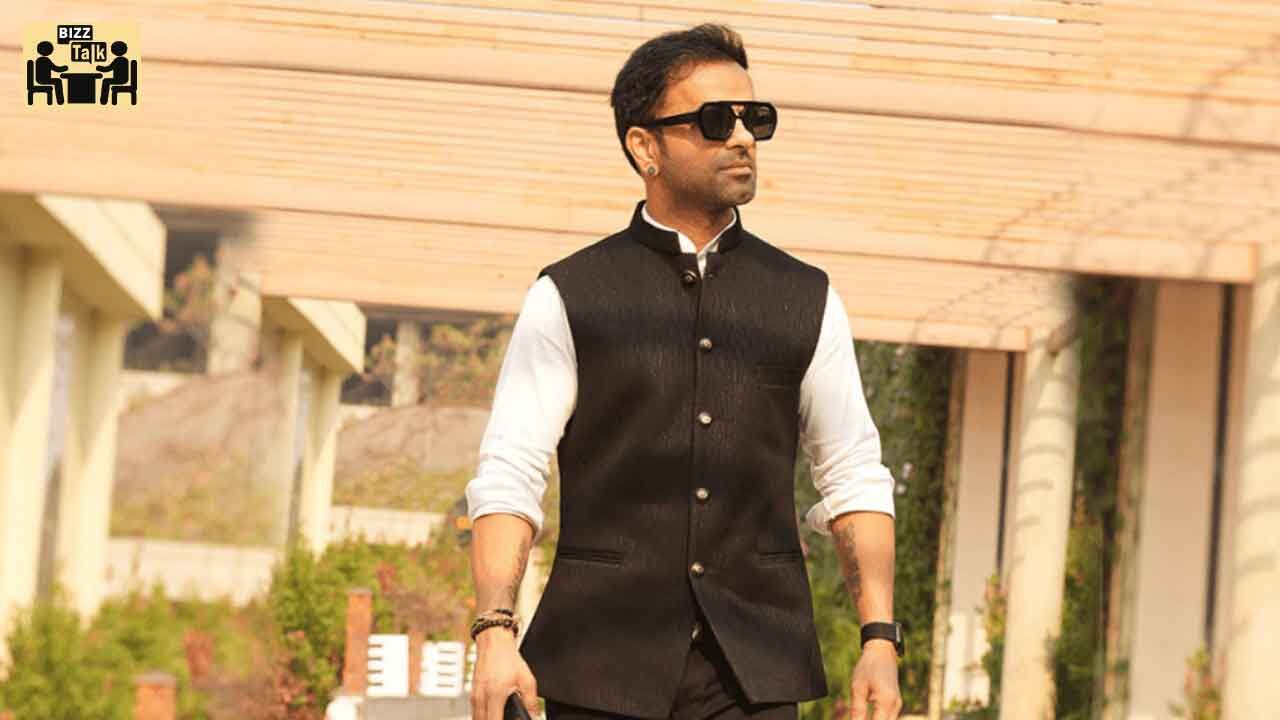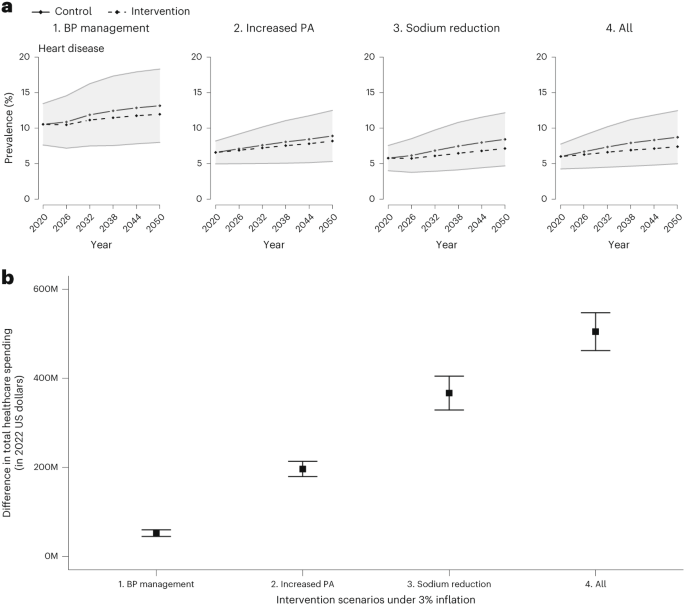UBON, a leading Indian consumer electronics brand known for its innovative audio and lifestyle accessories, is now doubling down on wearable technology to meet the growing demand for intelligent, health-centric devices. “Wearables have moved far beyond step counting—they now help people better understand their overall well-being,” says Lalit Arora, Co-Founder and COO, UBON, in an exclusive interview with Bizz Buzz.
From detailed sleep analytics to menstrual tracking and energy monitoring, wearables are becoming indispensable tools in preventive healthcare. Arora highlights the rise of smart rings and glasses, predicting they could one day replace smartphones. With AI-powered features adapting to user behaviour, UBON envisions wearables streamlining everything from navigation to emergency alerts. “Soon, your smartwatch could double as your phone, fitness guide, and even a life-saving assistant,” he notes. As the market shifts toward smaller, smarter, and more integrated devices, UBON is preparing to shape the next generation of digital lifestyle products
In what ways are wearable gadgets moving beyond fitness tracking to support preventive healthcare and mental wellness?
Wearable technology has advanced beyond simple calorie or step counting. They now have a far more profound impact on people’s comprehension of their general well-being. For example, a lot of wearables now track your sleep in detail, displaying how much time you spend in light, deep, or REM sleep as well as providing a sleep score. Users can learn how restful their sleep was and how to make it better with the help of this kind of information.
The way these gadgets monitor energy levels throughout the day is another intriguing advancement. By demonstrating how factors like inadequate sleep, stress, or physical strain affect your energy, they assist you in determining when it is best to rest or exercise.
Features that track menstruation and pregnancy are also beneficial to women, making wearables more practical and intimate. Some devices even recognize naps on their own and notify you of how rejuvenating they were. Wearable technology is gradually emerging as a useful adjunct to preventive healthcare.
By incorporating those functions straight into your watch or band, these gadgets may eventually even take the place of more conventional instruments like blood pressure monitors or glucose meters. With this, you may monitor your health from the comfort of your wrist on a daily basis.
With advancements in smart rings, glasses, and other compact form factors, what’s next in the evolution of wearable innovation?
The capabilities and portability of wearable technology are increasing. For instance, smart rings are becoming more and more fashionable. They collect important health parameters and provide the ease of a smaller form, but their widespread adoption may take some time.
Another fascinating area is smart glasses. Many people think they might eventually take the place of our phone screens. Through your glasses, digital content would be visible directly in front of your eyes, eliminating the need to look down at a device. This has the potential to completely alter how we engage with the digital world.
Future innovations could also include devices that react to your hand gestures or ideas. We may see practically undetectable form factors or even earrings that can be used as wireless audio devices. We are only getting started with wearables, which are getting smarter, smaller, and more incorporated into everyday life.
As AI and machine learning become more integrated into wearable devices, what do you see as the most impactful applications for Indian consumers?
The use of wearable technology is already evolving. Although tracking calories and steps is still common, consumers today demand more useful and significant tools. Many people use their smart watches or other audio devices to control music, write brief notes, or use navigation apps. Users might anticipate features that adjust to their behaviours as technology becomes increasingly embedded into these devices. For instance, note-taking applications can make recommendations, while navigation apps might modify routes in real time according to traffic. However, the most notable aspect is the increasing personalization of these devices. From waking up to winding down, they make it easier for people to manage their daily lives.
The effects on productivity, travel, and health are becoming increasingly apparent. Wearable technology is becoming a commonplace tool that streamlines decision-making and keeps people more informed and in charge.
The global wearables market is shifting from fitness-focused devices to multi-functional smart gadgets. What are some emerging trends shaping this transformation in India and globally?
People’s perspectives on health have obviously changed since the outbreak. It is now common place to track stress, oxygen levels, and heart rate in real time. Customers want tools that do more than just track their activities; they want solutions that assist them take care of their health.
Wearables are also becoming more popular in the entertainment sector. Simple games are currently supported by smartwatches, and this trend is only getting started. With improved visuals and touch capabilities, games specifically made for wristwear may soon be available.
The trend is obvious both globally and in India: wearables are becoming more capable while seeming and feeling less. They will therefore be more intelligent, smaller, and more necessary for day-to-day living. From simple exercise aids to whole lifestyle partners, they are changing.
With the rise of AI-powered audio and spatial sound technologies, is UBON exploring smart audio solutions to enhance user experiences?
Indeed, audio features are getting more intelligent and engaging. Nowadays, a lot of attention is focused on providing users with a richer, more realistic sound experience, whether they are listening to music or making a phone conversation. Many audio devices now come with features like voice assistants and noise cancellation, which eliminates background noise.
In the future, audio wearables should be able to adapt sound to the surroundings. For instance, your headphones may reduce the volume of the music as you are strolling down a busy street, making you more aware of the sounds around you. Along with improving sound quality, these advancements are also making audio equipment safer to use in daily life and more responsive.
How does UBON view the future of wearable technology and smart accessories in India, especially as consumers demand more seamless and intelligent products?
Wearable technology is rapidly gaining traction in India. These days, people want gadgets that do more than merely track their fitness; they want gadgets that make life easier. Smartwatches may soon be able to perform functions like calling, music, navigation, and data storage that we presently rely on phones for.
People are already using smartwatches to monitor their heart rate, oxygen saturation, sleep patterns, and other health indicators. These gadgets may eventually automatically produce daily health reports, improving users’ comprehension of their well-being.
One intriguing concept is that smartwatches might have life-saving capabilities like voice notes that can be used to record reminders or even emergency warnings that might call for assistance in dangerous situations.
Wearable technology could be used in education to improve classroom instruction through applications or assist students in recording their attendance using GPS. These devices’ usefulness in daily life will only grow as they become more sophisticated and networked.


